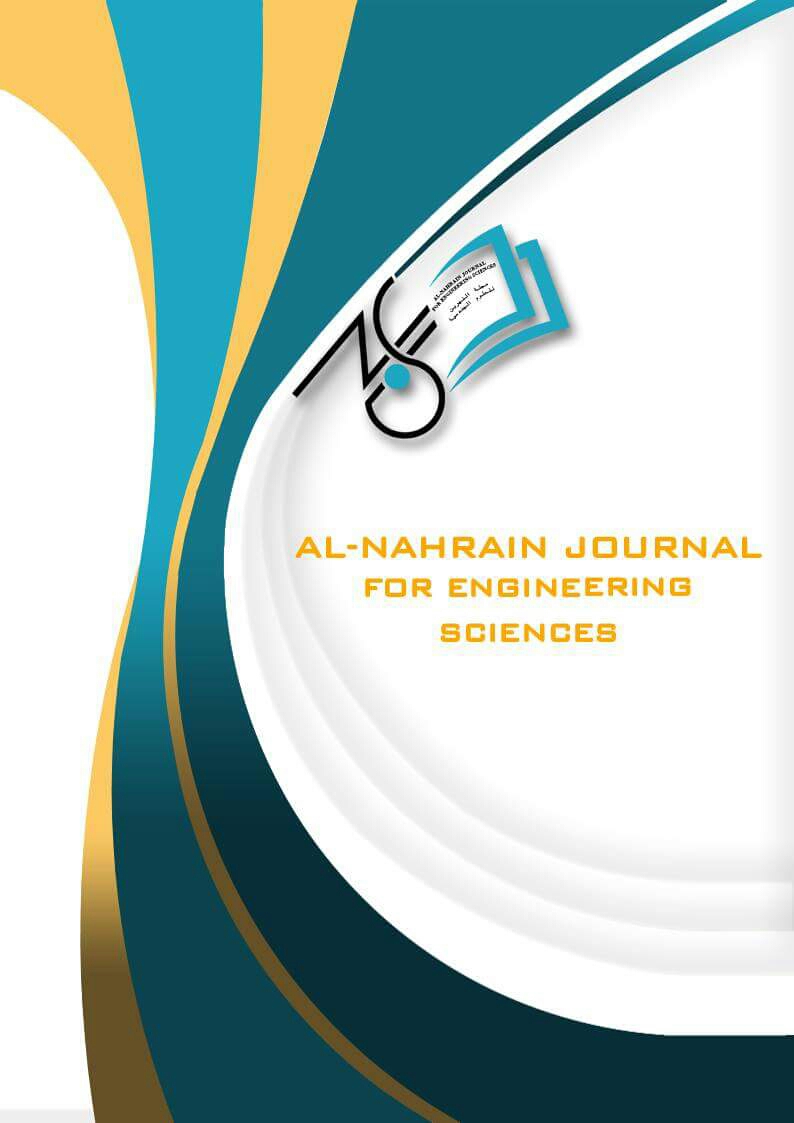Abstract
In this research, polymer polymethyl methacrylate PMMA
composite with nano ceramic Zr and HAp material were used to
manufacture one part of the implant system (femoral ball head of hip
implant). Three set of hybrid materials were fabricated and tested for this
study; the first mixtures which contains 100% (PMMA), the second
mixtures which contains (90% (PMMA) + 8% (Zr) + 2% (HAp)), and
the third mixtures which contains (80% (PMMA) + 18% (Zr) + 2%
(HAp)) were investigated. The mechanical properties for these mixtures
increased with the increasing of nano ceramic concentration (Zr and
HAp) composite material in the polymer compared to pure polymer
PMMA sample. However, an increase in the concentration of Zr from
8% to 18% content cause a considerable decrease of the hardness where
a drop of homogeneity in Zr- matrix PMMA contact occurred, V
Hardness value are (68 ,80 and 70) Kg.mm for three mixture respectively.
The wear test was in agreement with results of the hardness test. The
weight loss of the above samples of the wear test were (0.041, 0.035 and
0.037) respectively. According to mechanical properties, the best sample
contains (90% (PMMA) + 8% (Zr) + 2% (HAp)). The Scanning electron
microscopy resolute showed the particles forming semi-continuous
network along grain boundaries polymer for second sample mixtures
containing (90% (PMMA) + 8% (Zr) + 2% (HAp)), provides a low
atomic packing and high energy. This will make the grain boundaries
more reactive and strengthen mechanical performance. The Optical
microscopy, Scanning electron microscopy and Xray spectroscopy
analysis for In vitro test using SBF shows the growth of HAp layer with
an increase in concentration of Ca and P elements formed on the surface
of the second sample. This display of good results is a proof of the
biocompatibility of the polymer sample.
composite with nano ceramic Zr and HAp material were used to
manufacture one part of the implant system (femoral ball head of hip
implant). Three set of hybrid materials were fabricated and tested for this
study; the first mixtures which contains 100% (PMMA), the second
mixtures which contains (90% (PMMA) + 8% (Zr) + 2% (HAp)), and
the third mixtures which contains (80% (PMMA) + 18% (Zr) + 2%
(HAp)) were investigated. The mechanical properties for these mixtures
increased with the increasing of nano ceramic concentration (Zr and
HAp) composite material in the polymer compared to pure polymer
PMMA sample. However, an increase in the concentration of Zr from
8% to 18% content cause a considerable decrease of the hardness where
a drop of homogeneity in Zr- matrix PMMA contact occurred, V
Hardness value are (68 ,80 and 70) Kg.mm for three mixture respectively.
The wear test was in agreement with results of the hardness test. The
weight loss of the above samples of the wear test were (0.041, 0.035 and
0.037) respectively. According to mechanical properties, the best sample
contains (90% (PMMA) + 8% (Zr) + 2% (HAp)). The Scanning electron
microscopy resolute showed the particles forming semi-continuous
network along grain boundaries polymer for second sample mixtures
containing (90% (PMMA) + 8% (Zr) + 2% (HAp)), provides a low
atomic packing and high energy. This will make the grain boundaries
more reactive and strengthen mechanical performance. The Optical
microscopy, Scanning electron microscopy and Xray spectroscopy
analysis for In vitro test using SBF shows the growth of HAp layer with
an increase in concentration of Ca and P elements formed on the surface
of the second sample. This display of good results is a proof of the
biocompatibility of the polymer sample.
Keywords
Composite
Hydroxyapatite
Polymer
Polymethyl Methacrylate
Solid Work.
Zr
